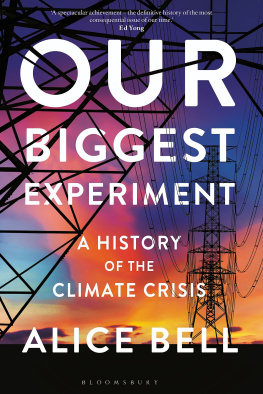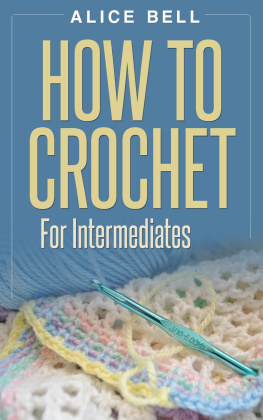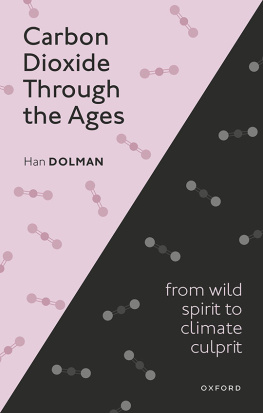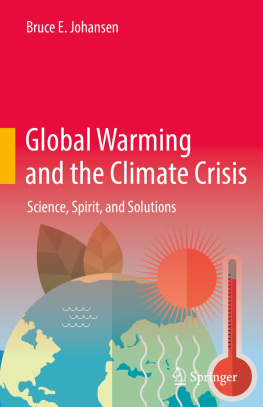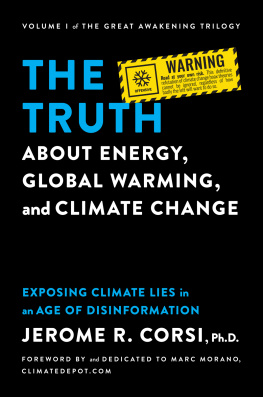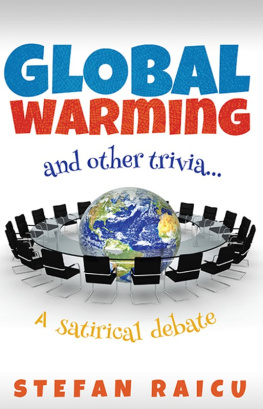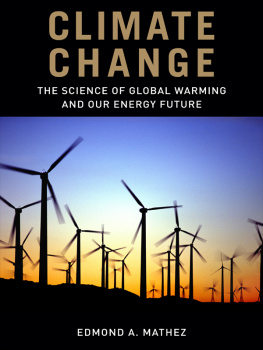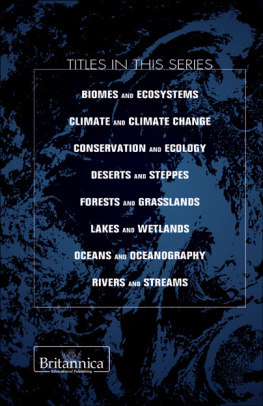
Also available in the Bloomsbury Sigma series:
Sex on Earth by Jules Howard
Spirals in Time by Helen Scales
A is for Arsenic by Kathryn Harkup
Breaking the Chains of Gravity by Amy Shira Teitel
Suspicious Minds by Rob Brotherton
Herding Hemingways Cats by Kat Arney
Death on Earth by Jules Howard
The Tyrannosaur Chronicles by David Hone
Soccermatics by David Sumpter
Big Data by Timandra Harkness
Goldilocks and the Water Bears by Louisa Preston
Science and the City by Laurie Winkless
Bring Back the King by Helen Pilcher
Built on Bones by Brenna Hassett
The Planet Factory by Elizabeth Tasker
Reinventing the Wheel by Bronwen and Francis Percival
Making the Monster by Kathryn Harkup
Best Before by Nicola Temple
Catching Stardust by Natalie Starkey
Seeds of Science by Mark Lynas
Eye of the Shoal by Helen Scales
Nodding Off by Alice Gregory
The Science of Sin by Jack Lewis
The Edge of Memory by Patrick Nunn
Turned On by Kate Devlin
Borrowed Time by Sue Armstrong
The Vinyl Frontier by Jonathan Scott
Clearing the Air by Tim Smedley
Superheavy by Kit Chapman
Genuine Fakes by Lydia Pyne
Grilled by Leah Garces
The Contact Paradox by Keith Cooper
Life Changing by Helen Pilcher
Sway by Pragya Agarwal
Bad News by Rob Brotherton
Mirror Thinking by Fiona Murden
Kindred by Rebecca Wragg Sykes
Our Only Home by The Dalai Lama
First Light by Emma Chapman
Ouch! by Margee Kerr and Linda Rodriguez McRobbie
The Brilliant Abyss by Helen Scales
Models of the Mind by Grace Lindsay
Overloaded by Ginny Smith
Handmade by Anna Ploszajski
The past is the present, isnt it? Its the future, too.
Eugene ONeill, Long Days Journey into Night.

Contents
It was Eunice Newton Foote, a scientist, inventor and womens rights campaigner living in Seneca Falls, New York, who in 1856 first warned the world that an atmosphere heavy with carbon dioxide could send temperatures soaring. At the time, no one paid much attention.
Her experiment was reasonably simple. She placed two glass cylinders by a window and planted a thermometer in each of them. Using a pump to remove some of the air from one of the cylinders, she found it didnt catch the heat as well as the other. From this, she figured out the density of the air had an impact on the power of the Suns rays. This made sense after all, everyone knew it was colder at the top of high mountains. After comparing a cylinder of moist air with one that had been dried, she found the Suns rays were more powerful in damper conditions. This wasnt surprising either, as she commented in her notes: Who has not experienced the burning heat of the Sun that precedes a summers shower? Thirdly, and crucially for our story, she tried filling one cylinder with carbon dioxide. This had the biggest impact: the cylinder became noticeably much hotter and took a lot longer to cool down after the experiment had ended. She concluded, almost in passing: An atmosphere of that gas would give to our Earth a high temperature.
Her husband Elisha was a lawyer, but also undertook science experiments at home and would collect weather data for the local area. That summer they travelled together to the annual meeting of the American Association for the Advancement of Science (AAAS), held that year in Albany, New York. The astronomer Maria Mitchell had become the first female member of the AAAS a few years before, in 1850, but the titles of professional or fellow were still usually reserved for men. The dominant idea of what made for an authoritative proper scientist of the time was still very male (just as it was almost exclusively white), and its striking that although Eunices paper, Circumstances affecting the heat of the Suns rays, was presented at the meeting, it was read for her by a man. In contrast, Elisha presented his own paper. Eunices paper was read by none other than Joseph Henry, the first secretary of the Smithsonian Institution, so its possible he was chosen simply to give the paper more prominence. In his introduction, Henry made what were described in the press at the time as gallant remarks in regard to the ladies, describing Eunices experiments as interesting and valuable. Still, if he was impressed by her work, he seems to have forgotten about it after the AAAS packed up for the year, as theres no evidence of him celebrating it later. Henry, much like everyone else who read Eunices paper at the time, seems to have been interested at first before letting it drop entirely from his mind.
A few people did take note of Eunices paper. Theres reference to it in the Scientific American write-up of the AAAS meeting, albeit under the dismissive heading Scientific ladies; reports in the New York Daily Tribune ; and mentions in Canadian, Scottish and German journals. Her paper was also published in the American Journal of Science and Arts , alongside Elishas far less significant work on a similar topic. Elishas paper was republished in the London-based Philosophical Magazine , but whoever picked it must have taken a pass on Eunices. A fire at the Smithsonian in 1865 destroyed much of the couples work and saw Eunices research on carbon dioxide reduced to a few scant references, largely forgotten until 2011 when retired petroleum geologist Ray Sorenson stumbled across it. A few years later, climate scientist Katharine Hayhoe dug it up after a colleague asked why there were so few women in the history of the field. This in turn saw it reported in the climate change press, where the story of a forgotten female scientist who had found a link between carbon dioxide and a warming climate back in the 1850s hit a nerve. And yet, for Eunice and her contemporaries, it was all theoretical, a contribution to our burgeoning understanding of gases and heat. It would be another century before anyone started to worry about it.
In 1956, oceanographer Roger Revelle was one of several American scientists looking at the topic of carbon dioxide relative to climate change afresh. In the intervening years, thered been a little more scientific research on the topic. Thered also been a lot more carbon dioxide emitted: the problem was rather less abstract for Revelle than it had been for Foote. Hed been studying the ways in which oceans absorbed carbon dioxide and realised it wasnt nearly as much as had initially been imagined. Moved by the consequences of his findings, he concluded his paper with a note that humanity was carrying out a large scale geophysical experiment. At first Revelle saw this experiment with the Earths climate as a bit of an adventure, as just a fleeting moment in time telling Congress in 1956 that it was an experiment which could not be made in the past because we didnt have an industrial civilisation and which will be impossible to make in the future because all the fossil fuels will be gone. Like many other scientists of his time, Revelle believed nuclear energy would supersede fossil fuels in a few decades, solving the problem. But that was one prediction he was wrong about. As the 1960s and 1970s rolled on, the evidence for global warming mounted. People started to worry too. But they didnt turn down the gas quite the opposite.
Revelles experiment line would be repeated many times, including by UK Prime Minister Margaret Thatcher in an autumn 1988 speech to the Royal Society: We have unwittingly begun a massive experiment with the system of this planet itself. By this point, Revelle and his colleagues had studied further (and checked and rechecked each others work) and there was a strong scientific consensus that if carbon emissions continued at their current rate, global temperatures would get very uncomfortable by the twenty-first century. Today, were living in that uncomfortable future that people in the 1960s, 1970s and 1980s used to worry about. Although theres been progress when it comes to clean energy technologies and mechanisms for building climate policy have been set up (the UN climate convention, for example), most people living on Earth are a long way from safe.

